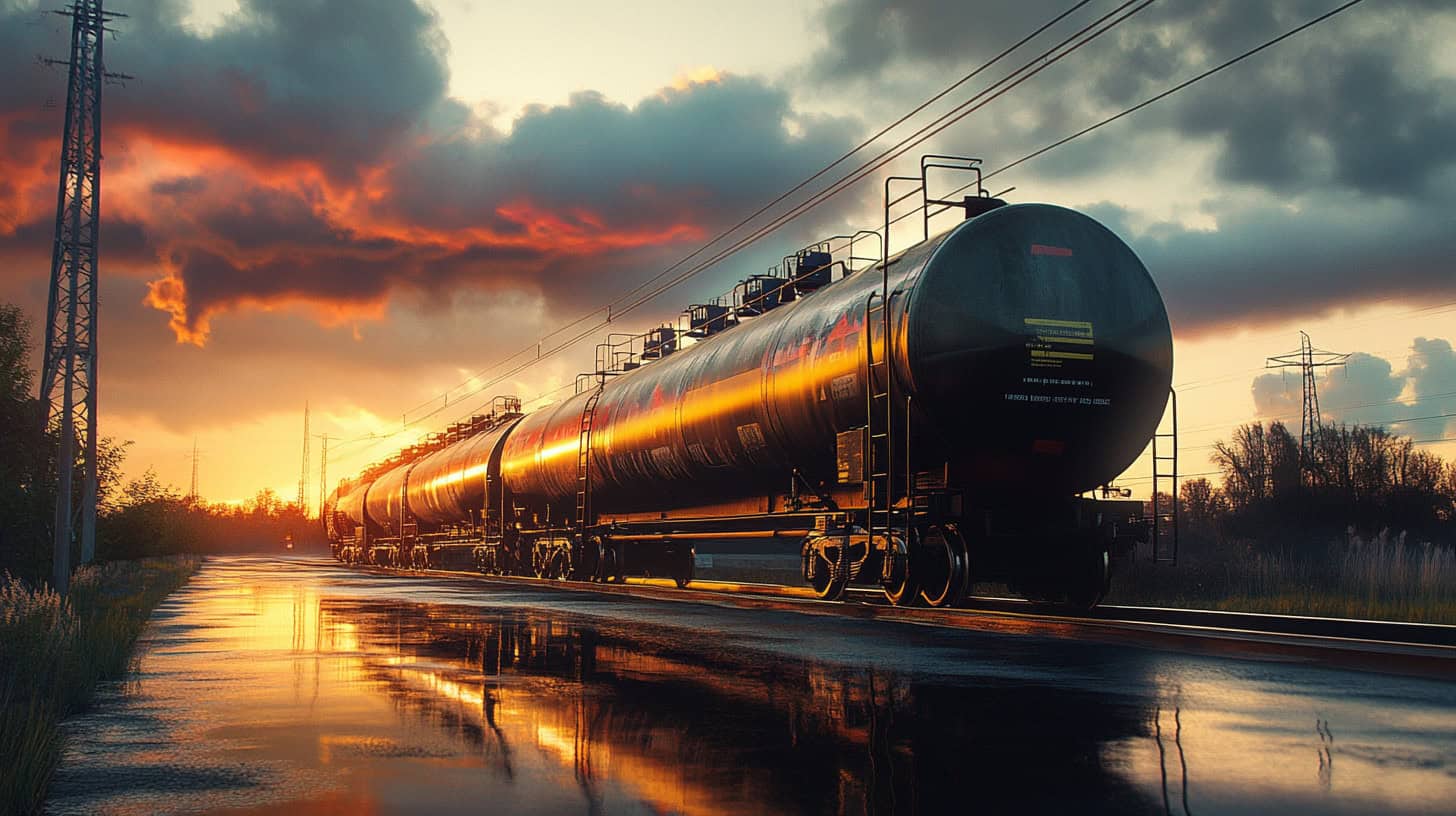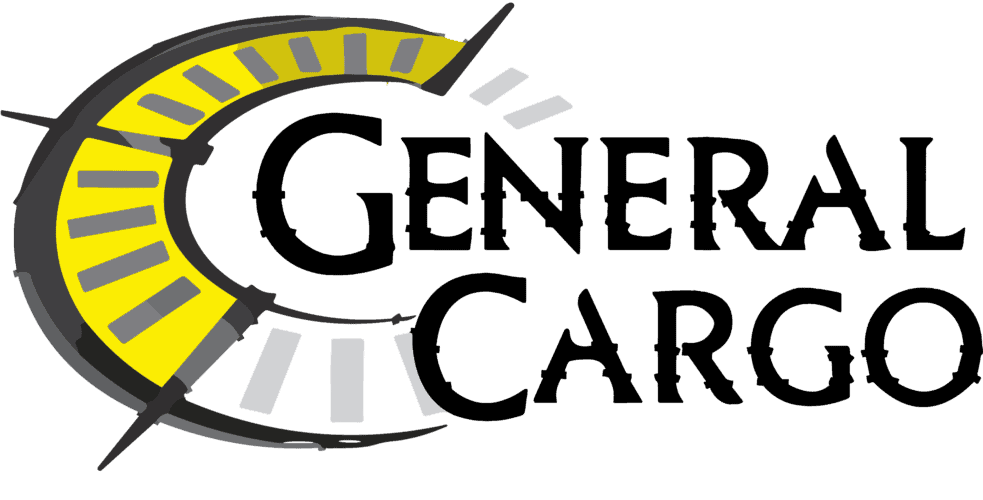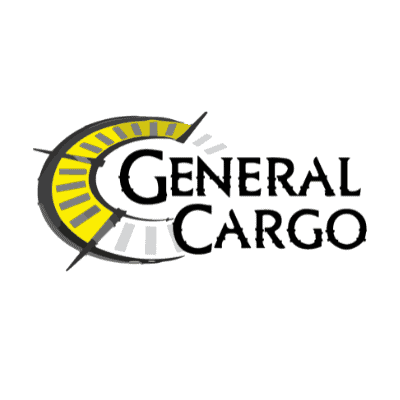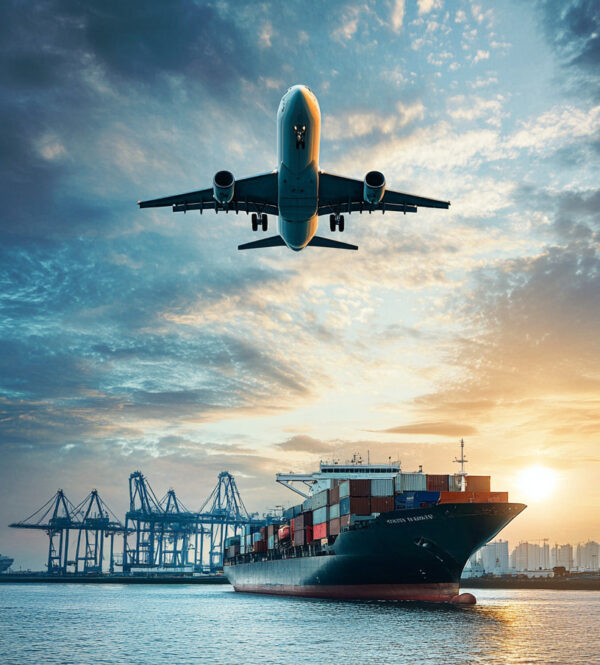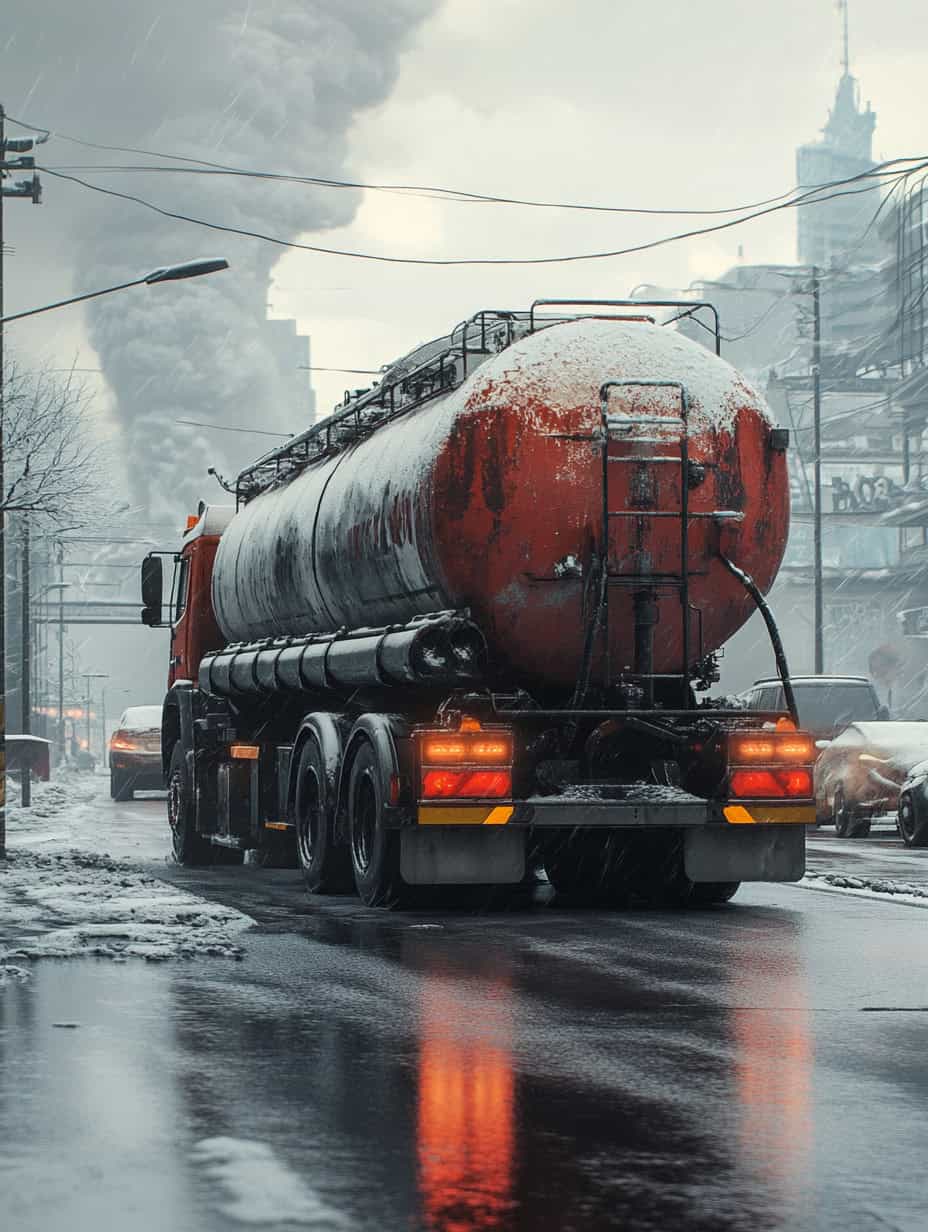
Chemical & Hazardous Industry: Navigating Complexities in Transportation and Logistics
Current State of the Industry
Key Challenges in Chemical and Hazardous Materials Transportation
Regulatory Compliance
Safety Concerns
Environmental Impact
Specialized Equipment and Training
Risk Management
Challenges Facing the Fragile Industry
ADR (European Agreement concerning the International Carriage of Dangerous Goods by Road)
ADR provides a framework for transporting dangerous goods by road across Europe. It covers:
- Classification of dangerous substances
- Packaging and labeling requirements
- Vehicle specifications
- Training requirements for drivers and other personnel
- Documentation and emergency procedures
DGR (Dangerous Goods Regulations)
Developed by the International Air Transport Association (IATA), DGR governs the transportation of dangerous goods by air. It includes:
- Detailed classification system for dangerous goods
- Packaging instructions
- Labeling and marking requirements
- Documentation procedures
- Operator and shipper responsibilities
The Role of Specialized Logistics in the Chemical and Hazardous Materials Industry
Given the complex nature of transporting chemical and hazardous materials, specialized logistics providers play a crucial role in ensuring safe, compliant, and efficient transportation. This is where companies like General Cargo come into play, offering tailored solutions to meet the unique needs of this challenging sector.
How General Cargo is Supporting the Chemical and Hazardous Materials Industry
General Cargo, with its extensive experience in global freight forwarding and specialized handling, has positioned itself as a key partner for manufacturers and distributors in the chemical and hazardous materials industry. Here’s how General Cargo is helping the industry navigate its current challenges:
- Comprehensive Logistics Solutions General Cargo offers a full spectrum of logistics services tailored to the chemical and hazardous materials industry, including:
- Transportation Management: Utilizing road, air, and sea options to ensure the safe movement of dangerous goods in compliance with ADR and DGR regulations.
- Warehousing and Fulfillment: Strategic locations across Europe for optimal inventory management and distribution, with specialized facilities for hazardous materials.
- Customs Clearance and Documentation: In-house services to navigate complex international trade regulations, which is particularly crucial for chemical and hazardous materials.
- Expertise in ADR and DGR Compliance General Cargo has developed deep expertise in ADR and DGR regulations, ensuring that all transportation of dangerous goods is fully compliant with the latest requirements. This includes:
- Proper classification and labeling of dangerous goods
- Selection of appropriate packaging materials
- Preparation of required documentation
- Adherence to specific handling and storage procedures
- Specialized Handling for Hazardous Materials General Cargo has invested in specialized equipment and training to handle various classes of dangerous goods, including:
- Temperature-controlled transportation for sensitive chemicals
- Specialized containers for corrosive or flammable materials
- Secure storage facilities for hazardous substances
- Advanced Technology Integration General Cargo leverages advanced technology to provide visibility and control throughout the supply chain, which is particularly crucial for dangerous goods transportation. This includes:
- Real-time tracking of shipments, allowing for immediate response to any issues
- Integration with clients’ ERP systems for seamless data flow
- Advanced analytics for continuous improvement of logistics processes and risk management
- Comprehensive Risk Management Given the high-risk nature of chemical and hazardous materials transportation, General Cargo offers comprehensive risk management solutions, including:
- Detailed risk assessments for each shipment
- Development of emergency response plans
- Regular safety audits and inspections
- Specialized insurance coverage for dangerous goods transportation
- Sustainability Initiatives Aligning with the industry’s focus on sustainability, General Cargo is implementing eco-friendly practices in its logistics operations for chemical and hazardous materials, including:
- Optimizing routes for reduced emissions
- Investing in eco-friendly vehicles for dangerous goods transportation
- Implementing waste reduction and recycling programs for packaging materials
- Training and Development General Cargo invests heavily in training its personnel to handle chemical and hazardous materials safely and efficiently. This includes:
- Regular ADR and DGR training for drivers and handlers
- Simulation exercises for emergency situations
- Continuous education on new regulations and best practices
- Strategic European Network With active terminals in key locations across Italy, Germany, Spain, and France, General Cargo provides chemical and hazardous materials clients with a robust distribution network. This strategic presence allows for efficient handling of dangerous goods across major industrial hubs in Europe.
Case Study: Supporting a Leading Chemical Manufacturer
To illustrate General Cargo’s impact on the chemical and hazardous materials industry, consider their partnership with a leading European chemical manufacturer. This company faced significant challenges in transporting various classes of dangerous goods across Europe, struggling with regulatory compliance and safety concerns.General Cargo developed a customized logistics solution that included:
- A dedicated fleet of ADR-compliant vehicles for road transport
- Specialized air freight solutions in compliance with DGR for urgent shipments
- A network of strategically located, specially equipped warehouses for temporary storage of hazardous materials
- A team of trained dangerous goods safety advisors to oversee all operations
- Implementation of a real-time tracking system for all dangerous goods shipments
The results were significant:
- 100% compliance with ADR and DGR regulations
- Zero safety incidents over a two-year period
- 30% reduction in transportation costs due to optimized routing and consolidation
- 25% improvement in on-time deliveries
- Significant reduction in documentation errors and customs delays
This case study demonstrates how specialized logistics solutions can significantly impact safety, compliance, and efficiency in the chemical and hazardous materials industry.
Future Outlook for the Chemical and Hazardous Materials Industry
Looking ahead, the fragile industry is poised for continued innovation and growth:
Increased Focus on Sustainability
Digitalization and Automation
Regulatory Harmonization
Advanced Packaging Solutions
Alternative Transportation Methods
Conclusion
The chemical and hazardous materials industry, with its unique challenges and stringent regulatory requirements, demands specialized logistics solutions. As manufacturers continue to innovate and expand their operations, the role of experienced logistics providers like General Cargo becomes increasingly critical.
By offering comprehensive, technology-driven logistics solutions tailored to the unique needs of chemical and hazardous materials manufacturers, General Cargo is helping to ensure that these vital substances can be safely and efficiently distributed across global markets. Their expertise in ADR and DGR compliance, coupled with their strategic European network and advanced risk management capabilities, not only enhances safety and regulatory compliance but also opens up new possibilities for manufacturers to optimize their supply chains.
As the industry continues to evolve, the partnership between innovative chemical manufacturers and specialized logistics providers will be key to driving success in this challenging yet essential sector. The ability to safely transport dangerous goods across long distances, navigate complex regulatory environments, and meet the demands of a growing global market will be crucial factors in determining which companies thrive in the years to come.
In this context, logistics partners like General Cargo are not just service providers but strategic allies in the quest for safety, efficiency, and growth in the chemical and hazardous materials industry. As we look to the future, the integration of advanced technologies, sustainable practices, and flexible logistics solutions will be essential in shaping a safer, more efficient, and environmentally responsible chemical and hazardous materials sector.
